HMS Alliance is 80!
- View news filtered by: Cold War
- View news filtered by: Second World War
- View news filtered by: Ships and Aircraft
- View news filtered by: HMS Alliance
- View news filtered by type: Article

But why is she so important and why have we preserved her?
Wartime Submarine
HMS Alliance is an A-class submarine. The A-class, also known as the Amphion Class of submarines, was part of the 1943 Emergency Building Programme. This aimed at rapidly expanding and modernising the Royal Navy’s submarine fleet in response to the shifting strategic demands of the Second World War, particularly the need for long-range, more capable submarines to operate in the Pacific as the focus of the conflict broadened beyond the Atlantic, Mediterranean and North Sea.
The A-class were large patrol submarines designed for operations against Japan in the Pacific, as previous designs had not been suitable for the climate. The boats (as submariners refer to them) had a higher surface speed to reduce the time spent on the surface travelling to patrol areas. Habitability was improved with the provision of air conditioning in the hot and damp climates. It still works on Alliance today!
Although she was launched too late to see active combat in the war, her design reflected the wartime urgency for fast, long-range, and reliable submarines. She was launched on 28 July 1945, commenced sea trials in 1946 and was commissioned into the Royal Navy in 1947.
When built, she had the appearance of a Second World War submarine with a deck gun at the front of the fin.
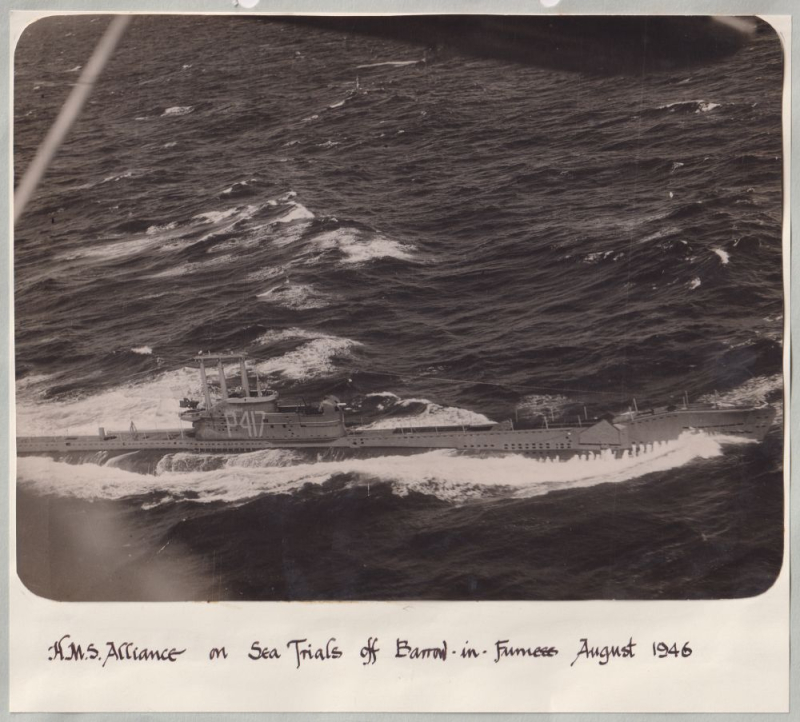
The Long Snort
In 1947, Alliance was the first British submarine to have a ‘snort mast’ fitted. Technology captured from German submarines during the war provided this huge improvement in performance; a long snorkel, extending 60 feet to the surface allowed enough air to be drawn in to run the diesel engines while Alliance was completely submerged. This was quickly nicknamed the ‘snort mast’, and the Alliance's experiment became known as ‘The Long Snort’.
On 9 October 1947, Alliance dived off the Canary Islands to commence a 30-day ‘snort cruise’. She travelled to Freetown in Sierra Leone covering some 3,193 miles, all while submerged. Previously, British submarines could only spend a maximum of 48 hours submerged.
Concerns were raised about the physical and mental effect the voyage would have on the men, and in an unusual step, a medical officer was sent with the crew to record details of the crew’s health and morale. Examinations took place daily. Vitamin D tablets were also given to the crew to counteract the lack of natural light.
The crew seemed to have coped remarkably well. One crew member, Electrical Mechanic Thomas Brunyee, was a newlywed, and wrote 120 letters to his wife. According to his letters, they entertained themselves with games, a stock of a dozen films, 200 records, 150 books, and some recorded radio programmes. They also held a beard-growing competition!
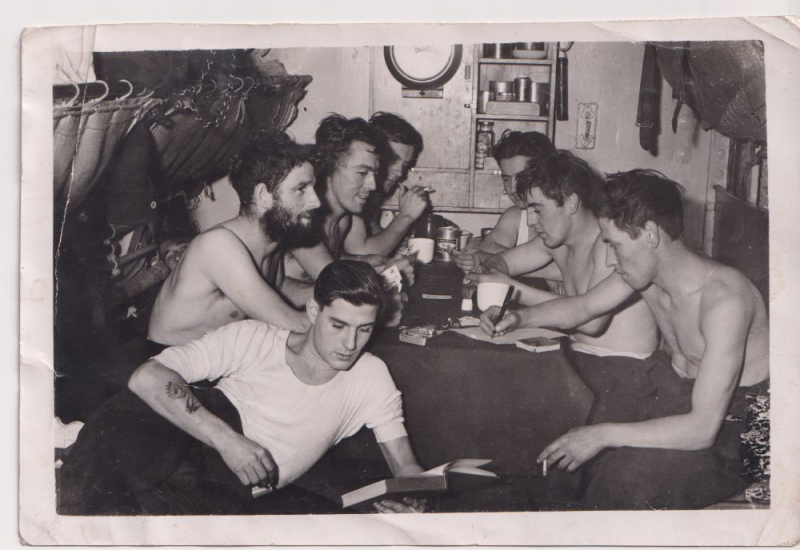
The main complaint was not being able to smoke, which was normal practice on a submarine. One crewmember even wrote to Rowntree to thank the company for soothing his throat.
Depth keeping trials were carried out and these proved highly successful. For the last week of being submerged, only the aft (rear) hydroplanes (a movable fin on each side of submarine that controls its depth and angle) were used, including a dive to 340 feet (just over 103.5 metres) for bathythermograph records. The snort mast also meant increased speed while submerged, the ability to charge the batteries without surfacing (reducing the chance of being detected by the enemy) and changing the air in the boat so that it didn’t become stale.
On 8 November 1947, Alliance surfaced and for the first time in 30 days, both conning-tower hatches were opened.
The Cold War era
While Alliance missed the Second World War, she served extensively during the post-war Cold War era, a period of intense naval innovation and strategic posturing. Over three decades Alliance performed different roles, operating all over the world. From the 1950s to the 1970s, she undertook numerous patrols, training missions, and diplomatic visits.
In the mid-1950s she deployed to Canada part of a broader NATO and Commonwealth naval cooperation effort. The Royal Navy was committed to training seamen from Commonwealth nations, and in 1956 Alliance was stationed in Halifax, Nova Scotia. She conducted special trials, including snorting in bad weather and joint exercises with the Royal Canadian Air Force.
In 1958, her familiar appearance as a Second World War era submarine changed dramatically when she was modernised to meet the demands of Cold War operation. This included the fitting of an asdic dome on the bow (for transmitting and receiving sound waves to detect enemy submarines, mines, or other underwater threats), streamlining the hull, removing all external torpedo tubes, fitting improved sonar and radar and converting the conning-tower into a 26.5-foot-high (just over 8 metres) fin which fully enclosed all radar and periscope standards and the snort tubes. All guns were also removed but 4-inch Mk 23 QF gun mountings were retained to mount the later if required. Her pennant number also changed from P417 to S67, in line with the post-war system.
These changes not only improved her performance but also gave her the silhouette that visitors to the museum recognise today.
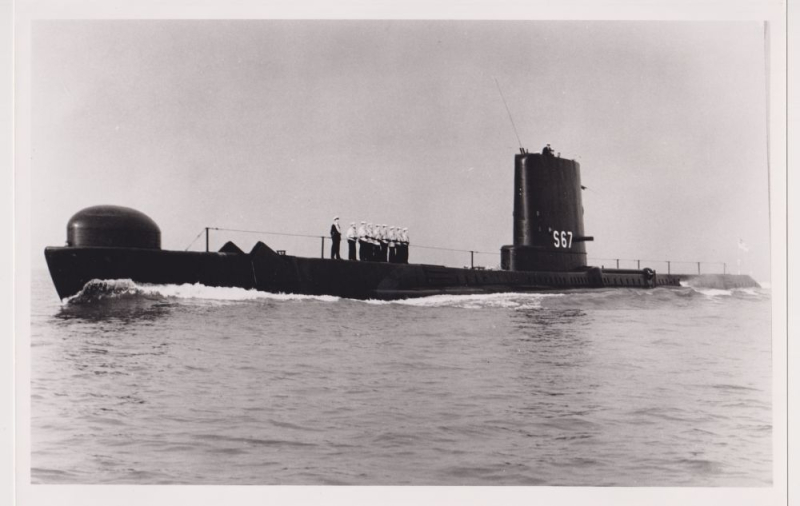
In 1963, Alliance commenced ‘war patrols’ to protect the east coast of Malaya and support covert operations along the coastline of Borneo. This was the exact area of operations Alliance had been purpose-built to serve in. In 1962, Britain had unified its colonies in Borneo and Malaya to create the country Malaysia, but the Indonesian government believed that Malaysia would become a puppet of the British. Britain, as a former colonial power and ally of Malaysia, deployed forces to the region to counter infiltration and raids by Indonesian forces. Alliance’s missions involved landing Special Boat Services and Special Air Service men together with Marine commandos on the shores of Borneo.
Whilst operating in Southeast Asia, Alliance also undertook trials to test the feasibility of a new submarine camouflage paint scheme.
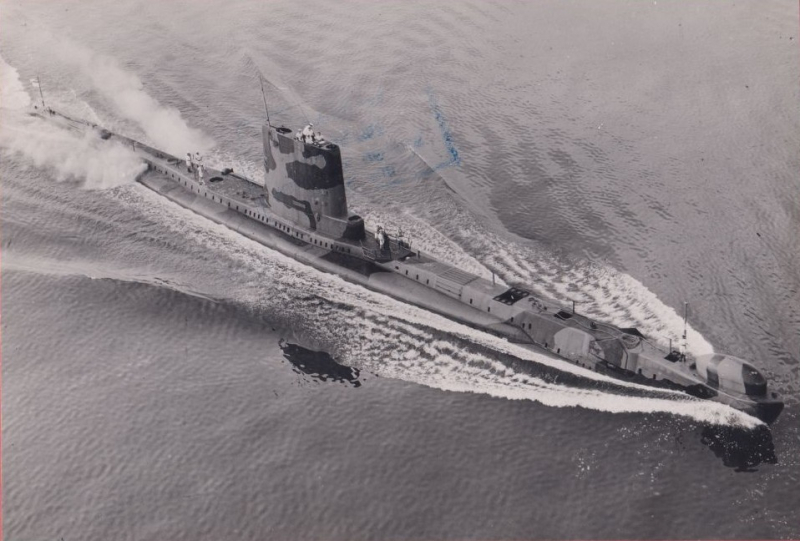
On 14 March 1973, HMS Alliance ended her seagoing career, returning to HMS Dolphin in Gosport, where she was decommissioned and became a training ship, replacing the existing harbour training boat HMS Tabard. HMS Alliance played a crucial role in training new generations of submariners. Hundreds of submariners served or trained on her during her 26-year commission.
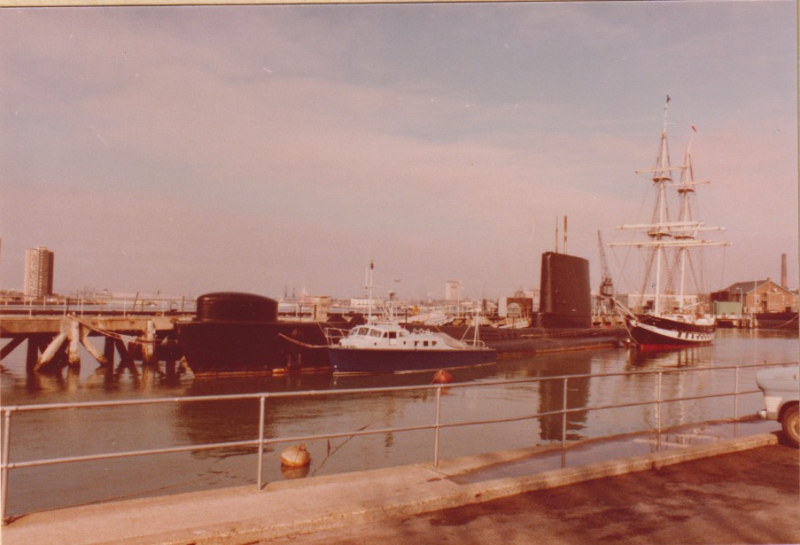
On 28 February 1978, HMS Alliance was transferred on permanent loan to the Royal Navy Submarine Museum at HMS Dolphin, Gosport. Alliance is the only surviving British Second World War era submarine open to the public and that you can walk through.
She stands as a powerful reminder of Britain’s maritime legacy beneath the waves. Alliance is more than a historical exhibit; she is a bridge between generations of submariners and a symbol of the evolution of undersea warfare. She educates thousands of visitors annually on Britain’s naval history, technological innovation, and the human stories of courage and endurance beneath the sea.
Celebrating 80 Years of HMS Alliance
Eight decades on, Alliance remains a proud symbol of the Silent Service (as the Submarine Service is often referred to), and enduring courage, from Cold War patrols to her role as the guardian of submarine heritage. Here's to the submarine that was built for war, served through peace, and now tells her story to the world. Happy Birthday HMS Alliance!